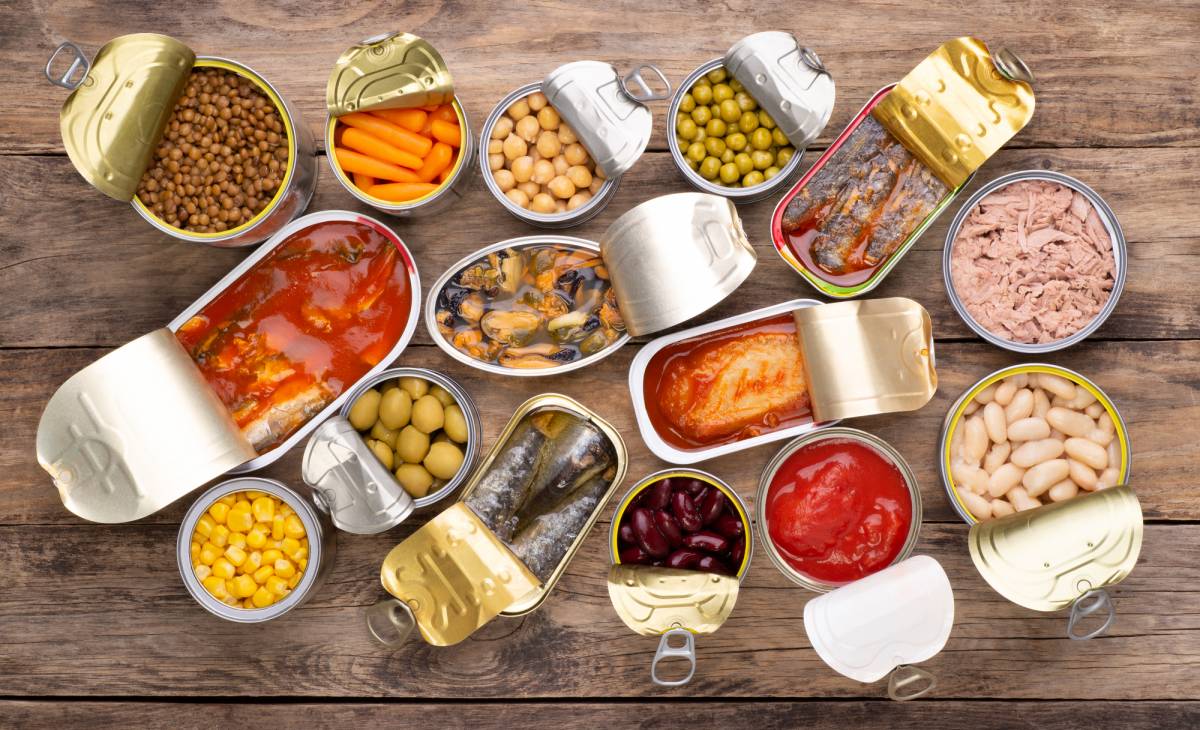Chemical contaminants in canned food
Canning is a typical preservation method for increasing the shelf life of perishable goods while keeping their quality. Because most germs are destroyed during the canning process, this method is very successful at preserving food quality and safety. However, research and analyses have shown the presence of variety of chemical contaminants detected within canned food items and linked to the canning process.
For this reason, Jingyun Zheng, Lei Tian, and Stéphane Bayen of McGill University in Canada conducted a study that sought to consolidate the knowledge presently known about possibly present chemical contaminants in canned and packaged foods, such as metals, plastics, and biogenic amines. In the review, foods evaluated included both canned goods like meat and fish as well as other canned goods like drinks or milk powder, which are not considered canned foods by definition. The authors discovered that it is possible that these contaminants come from the can itself, such as leakage from packing, formation during processing, or contamination resulting from procedures performed before canning, such as cleaning, sanitizing, drying, etc.
A similar research was conducted two years ago in Nigeria to assess food toxicity for commonly eaten canned goods in order to determine possible human health hazards connected with their use. This study had similar findings. All canned food categories had variable levels of nitrates, nitrites, and heavy metals, according to the study. All types of canned goods had levels of nitrates, iron, and cadmium higher than the EU's limit. Moreover, it was discovered that canned beans and peas contain high levels of cadmium and eating them raises your risk of non-cancerous health problems such kidney damage.
Sources:






















